A common recurring question is what is the significance of yellow road signs? Or more specifically, what is the difference between them and their white-backed counterparts, and for many people they are assumed to be related to road works, and although that assumption is true, it is only part of their operational objective.
For the avoidance of doubt, we are talking about road signs with a yellow background that look otherwise the same as those with a white background. We commonly refer to these signs as “Circumstantial signalling”, or sometimes “Incidental signalling”.
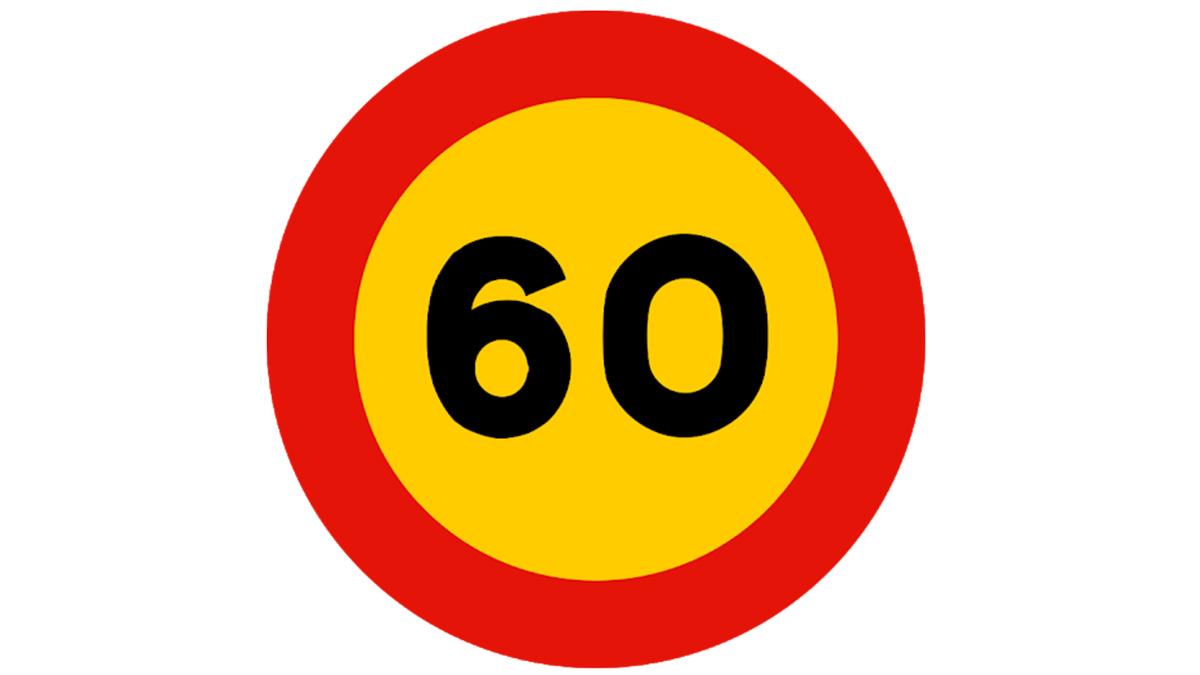
They are used during roadworks, but not exclusively, so may appear at other times where traffic control needs to be stricter than normal, for one reason or another, but generally in the interests of safety, such as the example of roadworks where a reduced speed might be more appropriate to both ensure that vehicle traverse the changing road safer, and also offer more protection for those working in the road.
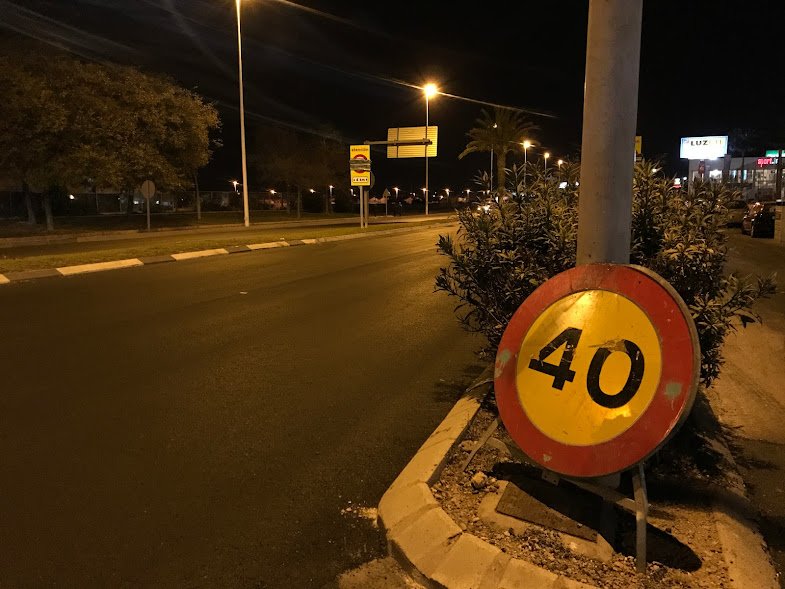
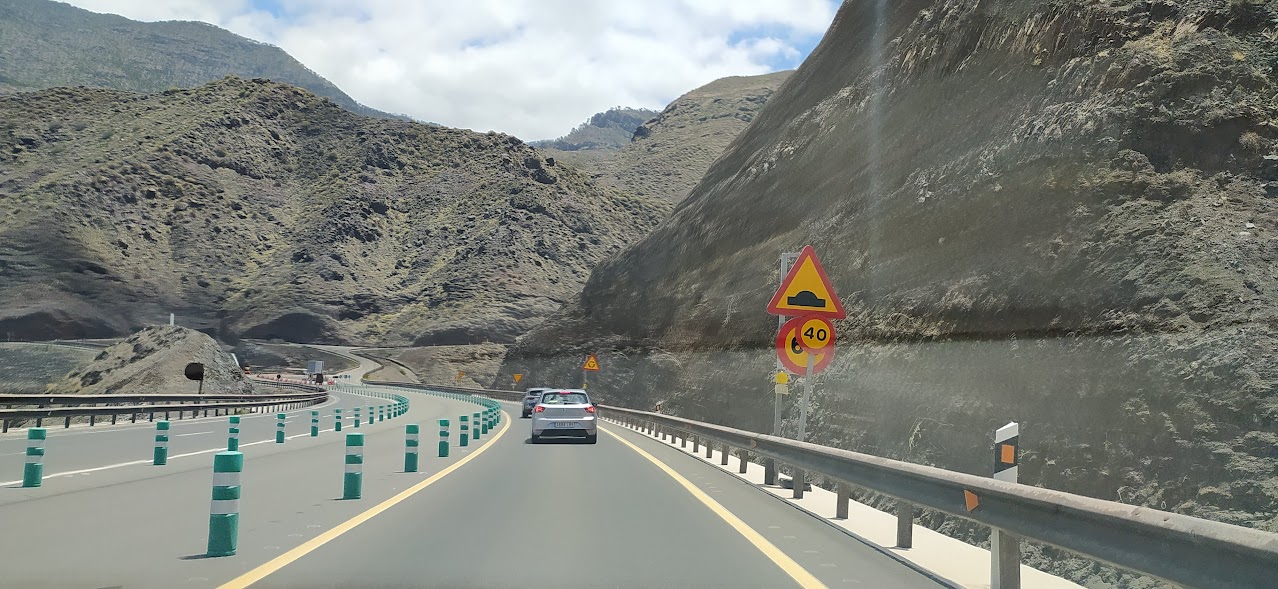
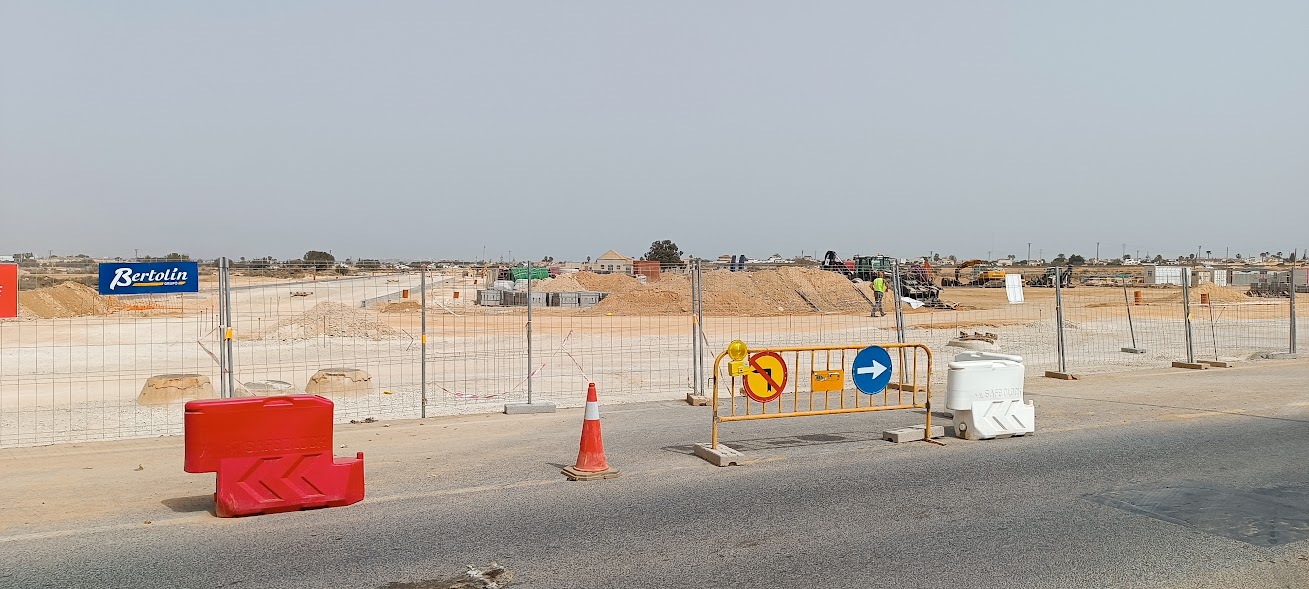
So, what is the significance of these yellow signs other than their temporary nature?
Primarily, we need to now look at the so-called priority of road signs. In Spain, there are 5 priorities in this sense, and the higher the ranking on the list, the higher the priority.
- 1. Officers controlling traffic
- 2. Circumstantial signalling
- 3. Traffic lights
- 4. Vertical signs
- 5. Road markings
Here, we can see that number 1 on the list is officers controlling traffic. That is why, for example, if a police officer directs you to pass a red traffic light, or drive through an otherwise prohibited zone, you are allowed to do so on their instruction.
We can also see that the second priority is circumstantial signally, including the yellow-backed signs we are talking about, whereas vertical signs, or normal road signs, are number 4 in the list. That means that circumstantial signalling has priority over normal road signs.
In other words, to put it into context, if you are driving on a road and see a white-backed maximum speed limit sign of 80, as well as a yellow-backed sign indicating a maximum of 50, then the yellow sign takes priority and therefore the maximum permitted speed on that road will be 50.
This is also summed up in the line taken from the legislation, which translates to “When the signs are of the same type, the most restrictive one will prevail”.
Remembering, as always, that speed limit signs are maximums and not targets, and you should always drive at an appropriate speed for the road and conditions.
Discover more from N332.es - Driving In Spain
Subscribe to get the latest posts sent to your email.
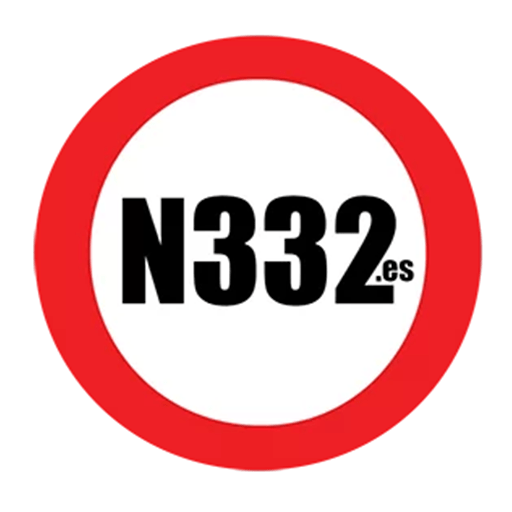
You must be logged in to post a comment.